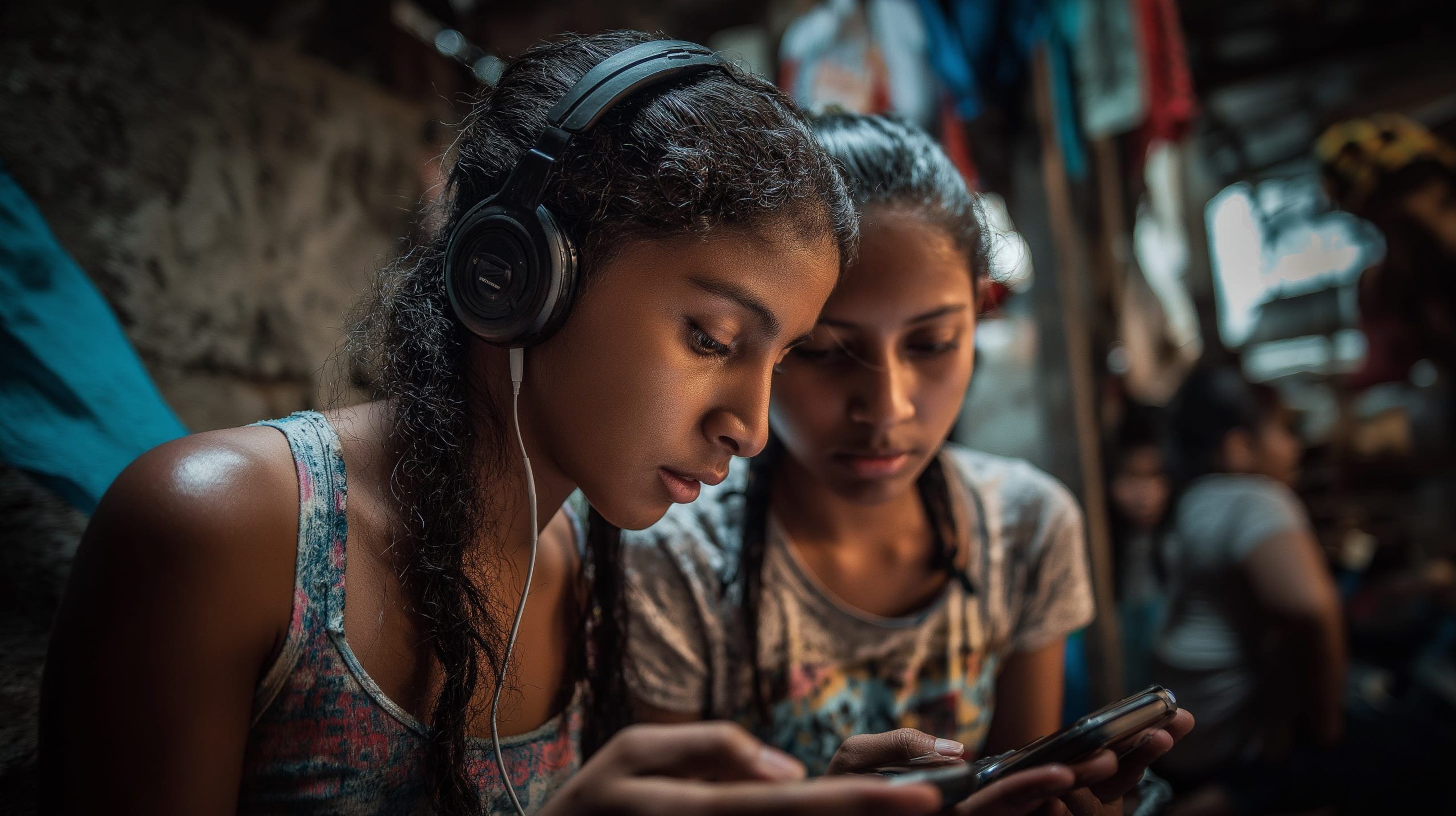
The Great Content Marketing Shake-Up: 10 Trends Defining 2025
By mid-2025, 73% of marketing teams were using generative AI in some capacity. 62% of enterprise marketing teams now have formal generative AI guidelines. 75% of consumers are more likely to purchase from brands delivering personalized content. In Asia-Pacific, 2025



